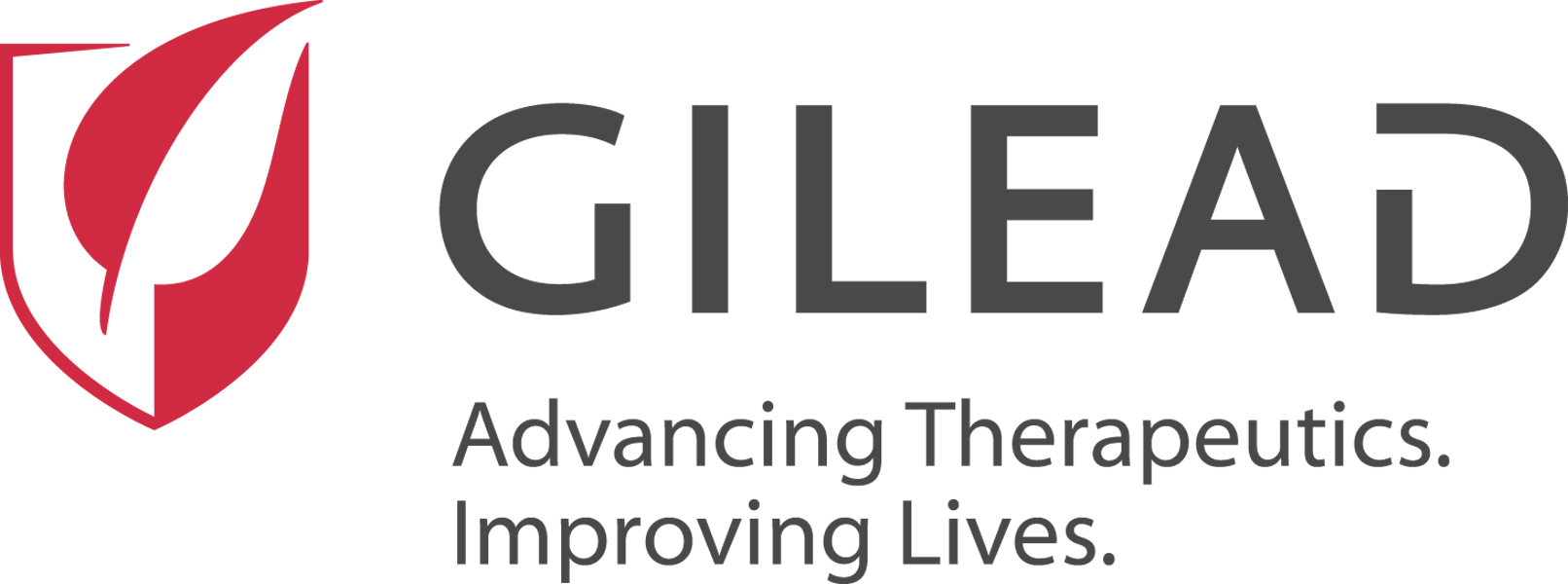Meta-analysis supports shorter antibiotic course for kids' pneumonia
A systematic review and meta-analysis of clinical trials of antibiotic treatment for children with community-acquired pneumonia provides further support for shorter treatment duration, Finnish researchers reported yesterday in Clinical Infectious Diseases.
Of the 541 studies screened, four randomized controlled trials involving 1,541 children were included in the analysis. The primary aim was to determine whether an antibiotic treatment duration of 3 to 5 days for CAP in children over 6 months of age was as effective as 7 to 10 days. International guidelines currently recommend the longer duration, but research in recent years has indicated a shorter course may prevent development of antibiotic resistance and lower the risk of antibiotic-related adverse events.
The main outcome assessed was treatment failure, defined as the need for re-treatment or hospitalization within 1 month. The secondary outcome was antibiotic-related harms.
All four studies assessed the composite outcome of treatment failures. The treatment failure rate was 7.9% for the short-course group and 8.0% for the long-course group, for an absolute risk difference (RD) of 0.1% (95% confidence interval [CI], –3.0% to 2.0%), with high quality of evidence. Among the two studies that assessed adverse events related to antibiotic treatment, the RD between the two groups was 0.0% (95% CI, –5.0% to 5.0%), with moderate quality of evidence.
"A short antibiotic treatment duration of 3–5 days was equally effective and safe compared to the longer (current) recommendation of 7–10 days in children aged over 6 months with CAP," the study authors concluded. "We suggest that short antibiotic courses can be implemented in treatment of pediatric CAP."
May 17 Clin Infect Dis abstract
Mozambique records first wild polio case in 30 years
Mozambique has reported its first wild poliovirus type 1 (WPV1) case since 1992, with the virus showing genetic links to Pakistan, according to a World Health Organization (WHO) news release today. This is Africa's second imported case this year, following a detection in Malawi in February.
A child in the northeast province of Tete began experiencing paralysis in late March. Although the case detection does not jeopardize Africa's standing as being free from wild polio, the detection is raising alarms about the risks of imported cases.
"The detection of another case of wild polio virus in Africa is greatly concerning, even if it's unsurprising given the recent outbreak in Malawi. However, it shows how dangerous this virus is and how quickly it can spread," said Matshidiso Moeti, MD, WHO regional director for Africa.
Wild poliovirus is only endemic in Afghanistan and Pakistan. According to the WHO, Mozambique recently completed two mass vaccination campaigns involving 4.2 million children in response to the Malawi outbreak.
May 18 WHO news release
China reports fatal H5N6 avian flu case
China confirmed a fatal H5N6 avian flu case, which involves a 49-year-old man from Guangxi province in the southern part of the country, according to a statement today from Hong Kong's Centre for Health Protection (CHP).
Investigators report that his symptoms began on Apr 16, and he was hospitalized 2 days later. He died on Apr 24. The man had visited a live-poultry market before his illness began.
Since 2014, China has now reported 78 H5N6 infections, which are often severe or fatal. Last year the country reported a dramatic rise in human cases, and this year officials have so far reported 14 cases. H5N6 is known to infect poultry in a few Asian countries, but China and Laos are the only nations that have reported human cases.
May 18 CHP statement
High-path avian flu strikes New Jersey flock; 35 states now affected
The US Department of Agriculture (USDA) Animal and Plant Health Inspection Service (APHIS) today reported that highly pathogenic avian flu has been confirmed for the first time in New Jersey poultry in a backyard flock in Monmouth County, lifting the number of states reporting the virus in poultry to 35.
Monmouth County is located on the coast in the state's central region. In February, New Jersey reported H5N1 in several birds tested as part of live bird surveillance. All were mallards collected in Cape May County in the southernmost part of the state on the Cape May peninsula.
In other outbreak developments, APHIS reported more outbreaks in poultry in four other states, nearly all in backyard birds. An event in Pennsylvania's Berks County involved a layer farm in Berks County housing 70,000 birds.
Idaho reported five more outbreaks in backyard birds, two in Ada County and three in Canyon County. Utah reported another outbreak in Salt Lake County, though it's not clear if it was in backyard birds. Also, Wisconsin reported another outbreak in backyard birds, this time in Dunn County.
The Eurasian H5N1 outbreaks in poultry began in February, not long after the virus was first detected in US wild birds. The outbreaks have struck 327 flocks, 179 of them commercial producers, and have led to the loss of nearly 38 million birds.
May 18 USDA APHIS press release
USDA APHIS wild bird avian flu page
USDA APHIS poultry avian flu page
European Salmonella outbreak tied to chocolate products spreads
An outbreak of multidrug-resistant Salmonella Typhimurium linked to chocolate has now sickened 324 people in Europe and the United Kingdom, according to the latest update from the European Centre for Disease Prevention and Control (ECDC) and the European Food Safety Agency (EFSA).
Most of the infections (86.3%) are among children younger than 10 years, and 41.3% have been hospitalized, with no deaths reported. Of the 324 cases, 266 have been confirmed and 58 are probable.
The outbreak consists of two clusters of cases caused by strains of monophasic Salmonella Typhimurium ST34; the first case in cluster 1 was reported in the United Kingdom on Jan 7, and the first case in cluster 2 was reported on Jan 24. Both strains are resistant to multiple classes of antibiotics, and some tested isolates also carry resistance to disinfectants, ECDC-EFSA officials said.
Epidemiologic investigations, including patient interviews, have traced the outbreak to Kinder chocolate products made at a Belgian processing plant. Subsequent investigation of the plant found that 81 samples from chocolate products tested positive for Salmonella, with 10 isolates from the samples matching the outbreak strains. The buttermilk line of products was identified as the point of contamination, but traceback of the buttermilk has not identified Salmonella at the plant of the Italian supplier or any of the other processing plants that received the chocolate.
On Apr 8, the food safety authority in Belgium withdrew the authorization for production at the plant, after plant officials were unable to guarantee the safety of its products. All products from the plant have been recalled and withdrawn, but the ECDC warns that new cases may occur due to long shelf life and possible storage of products at home.
"This is a very extensive outbreak of monophasic S. Typhimurium linked to chocolate products, which has evolved rapidly with children at most risk for severe infection," the agencies said. "The high hospitalisation rate warrants specific attention."
Additional cases linked to the outbreak have been identified in the United States, Canada, and Switzerland.
May 18 ECDC-EFSA rapid outbreak assessment












